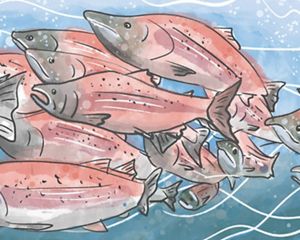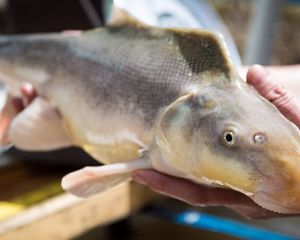Columbia River Basin
In the Columbia River Basin, salmon are inextricably linked to the well-being of people and the economy of the region and connect and nourish forests, rivers and ocean ecosystems.

The Columbia River has shaped the landscapes of the Pacific and Inland Northwest, sustained Indigenous people and cultures for millennia with once-abundant salmon runs, and supported agriculture, energy, recreation and other industries.
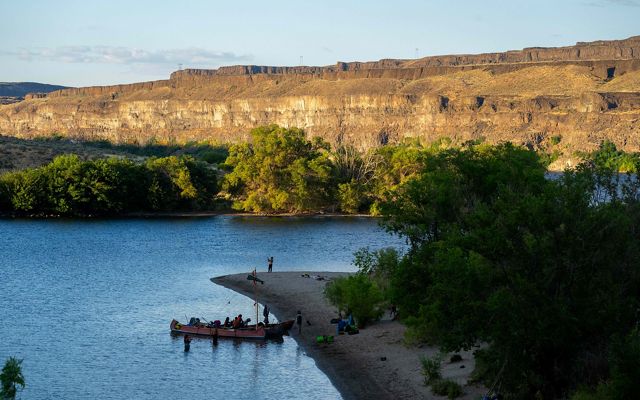
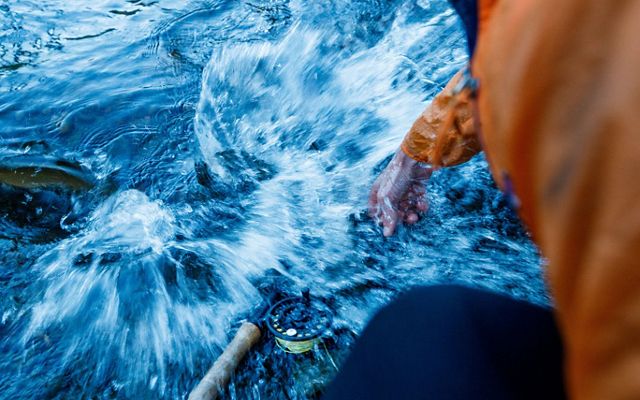
Spanning more than 250,000 square miles, the Columbia River Basin stretches from its headwaters in British Columbia and down into Idaho, Montana, Oregon and Washington, terminating at the Pacific Ocean. Its waters are the cornerstone of nature, culture and the economy of the region and have been since time immemorial.
Salmon are inextricably linked to the well-being of the peoples, lands, plants, animals and waterways of the Basin. From their sheer abundance, salmon sustained Indigenous peoples and cultures, so much so that many Native Nations in the region refer to themselves as “Salmon People.” The river itself also provides clean energy and economic opportunities. The future of the Basin and its many gifts depend on creating comprehensive solutions that restore salmon abundance, support the lives and livelihoods of people and usher in the clean energy transition.

Program Overview
The Columbia River was once teeming with salmon. Today, salmon are on the verge of extinction due to degraded and fragmented habitat, made worse by climate change. Recovering healthy, thriving salmon populations and creating a resilient future for river-dependent communities and industries will require a suite of restoration activities, community engagement and policy decisions at local, state and federal levels.
Tribes and First Nations throughout the Basin have been leading salmon recovery efforts for decades, developing comprehensive plans for building a better future for salmon and people. Acting in partnership with Tribes, Indigenous organizations, agencies and others, The Nature Conservancy is contributing our strengths in science, policy and cooperative problem-solving to support this vision for the future. Together, we are advancing habitat restoration, advocating for policy solutions, and growing capacity for clean energy development to support Tribes, communities and local economies.
Together, we find a way.
Sign up for our monthly emails to receive conservation updates, stories and opportunities to get involved near you.
Native Nations Lead Salmon Recovery Efforts
A resilient future for the Columbia Basin is possible—where salmon and native fish thrive, clean energy is accessible and affordable, and local economies are strong. This depends on following the leadership of Indigenous peoples, respecting Tribal rights and sovereignty and working together to restore balance to the river and all who depend on it.
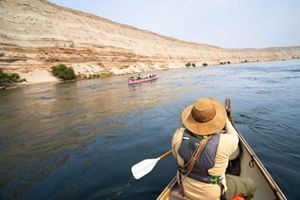
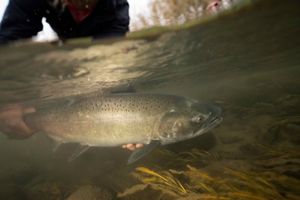
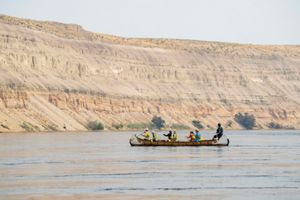
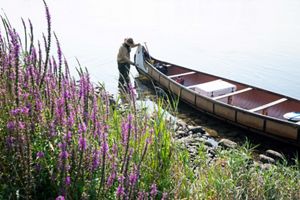

Salmon Recovery Efforts: Tribes and First Nations throughout the Basin have been leading salmon recovery efforts for decades, developing comprehensive plans for building a better future for salmon. © Ben Herndon

Significance of Salmon: salmon are inextricably linked to the well-being of people and the economy of the region and connect and nourish forests, rivers and ocean ecosystems. © Ben Herndon

The basin: Spanning more than 250,000 square miles, the Columbia River Basin stretches from its headwaters in British Columbia and down into Idaho, Montana, Oregon and Washington,. © Ben Herndon

Big River: 52 miles of some of the only free-flowing water left on the Big River (Columbia River) with members and friends of Inland Northwest tribes. © Ben Herndon

Science of Salmon
Restoring rivers and forests to sustain salmon, communities, and cultures across the Pacific Northwest.
Columbia Basin Salmon Recovery in Idaho
Although the challenges are complex and the solutions uncertain, what remains clear is that it will take all of us working together to save salmon and steelhead in Idaho.
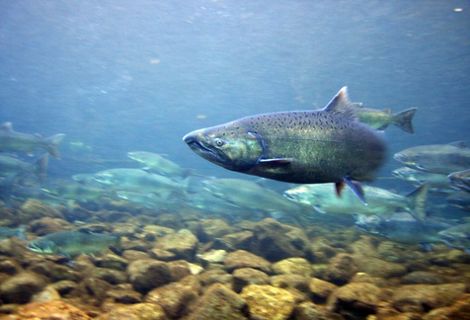
Support Our Work Across the Basin
We are at a critical moment for Columbia Basin salmon recovery and have the opportunity to work with Tribal Nations, river users, rural communities and all interested parties to build a sustainable future with healthy and abundant salmon, clean energy, thriving industry and robust economies.
